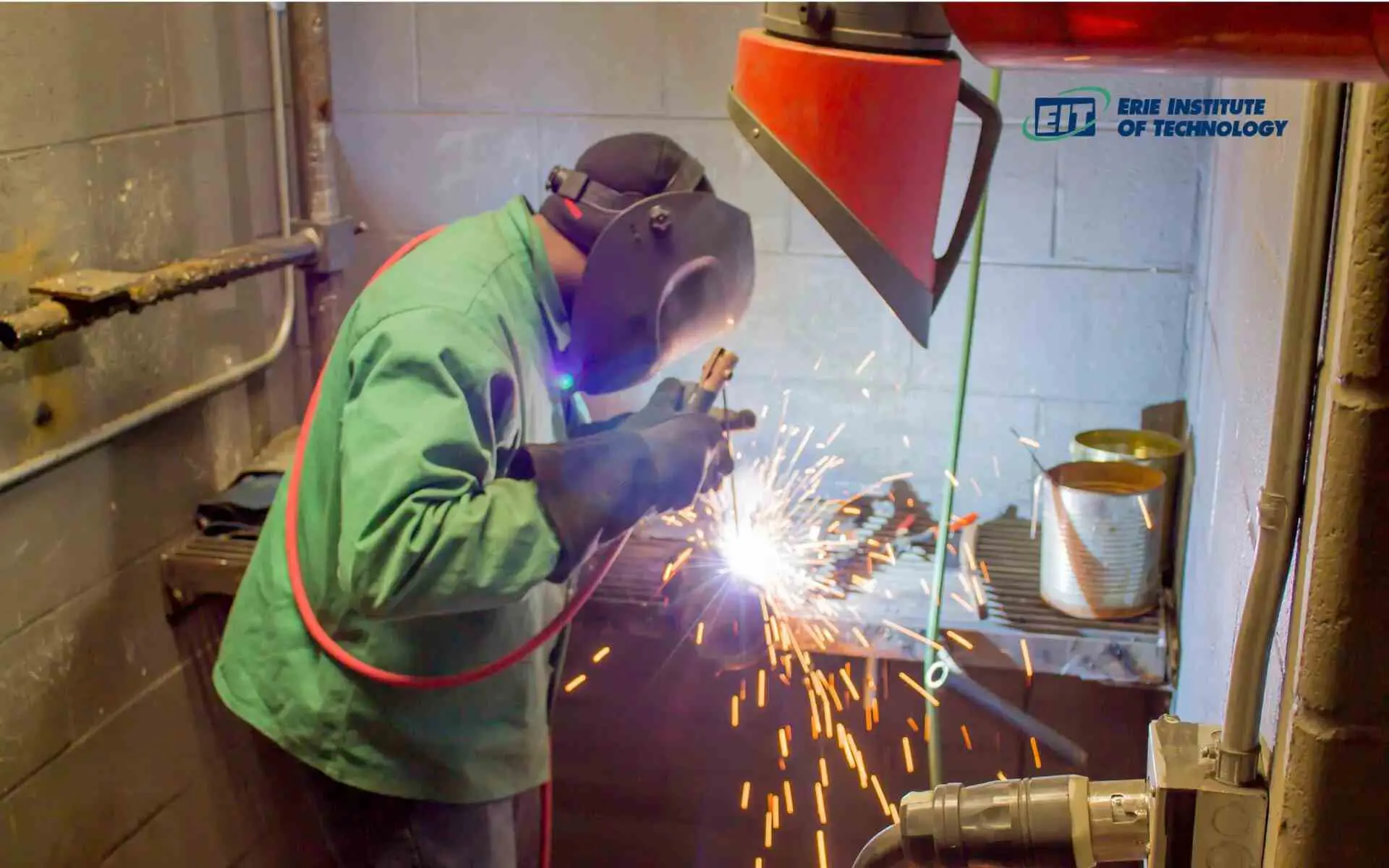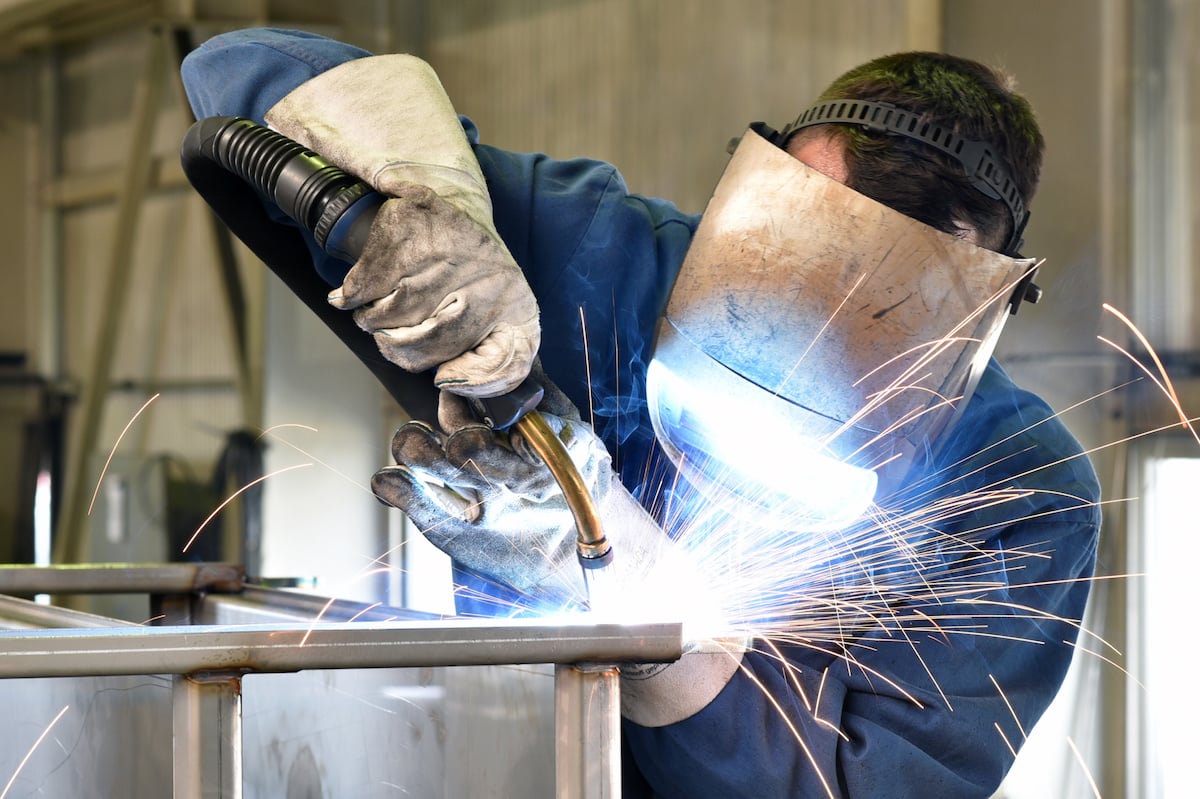The Ultimate Guide to Welding WPS Procedures: A Thorough Summary for Welders
In the detailed globe of welding, Welding Procedure Specs (WPS) function as the foundation of making sure high quality, consistency, and safety and security in welding operations. Recognizing the subtleties of developing, executing, and checking WPS treatments is essential for welders looking to elevate their craft and satisfy sector requirements. As we explore the numerous elements of a WPS and discover the intricacies of certification and qualification, we will reveal the vital duty these procedures play in the realm of welding. Allow's get started on a trip to untangle the intricacies and importance of WPS procedures in welding practices.
Relevance of WPS Procedures
Understanding the value of Welding Treatment Requirements (WPS) procedures is vital for making sure the high quality and honesty of welded frameworks. WPS treatments function as a roadmap for welders, describing the essential steps, criteria, and products required to attain an audio weld. By sticking to WPS guidelines, welders can ensure uniformity in their work, bring about structurally audio and reliable welds.
Among the key reasons WPS procedures are vital is their duty in keeping weld high quality and honesty. Following the specified welding specifications and methods laid out in the WPS assists prevent defects such as porosity, fracturing, or incomplete combination, which can compromise the strength and resilience of the weld. Furthermore, WPS treatments are crucial for guaranteeing compliance with industry standards and codes. By complying with well established WPS standards, welders can show that their job fulfills the required requirements for security and quality, supplying guarantee to clients, examiners, and regulatory bodies. In significance, the significance of WPS procedures can not be overstated, as they are essential to achieving regular, high-quality welds that satisfy sector requirements and specifications.

Elements of a WPS
A Welding Procedure Specification (WPS) normally consists of vital components that information the particular needs for carrying out a weld, making sure uniformity and top quality in the welding procedure. The essential parts of a WPS include necessary variables such as base steels, filler metals, preheat and interpass temperature levels, welding procedures, shielding gases, welding placements, and post-weld warmth treatment needs.
Base metals refer to the materials being signed up with, while filler metals are used to fill the void in between the base steels during welding. The welding procedure details the particular method to be used, whether it's gas steel arc welding (GMAW), protected metal arc welding (SMAW), or one more technique. Welding settings specify the orientations in which welding can be executed.

Qualification and Accreditation
Having developed the crucial components of a Welding Procedure Specification (WPS), the emphasis currently moves in the direction of the critical elements of certification and accreditation in welding methods.

Qualification, on the other hand, is the official acknowledgment of a welder's certifications by a pertinent accreditation body or organization. Welding qualifications are usually based on the certain welding processes, products, and positions a welder is qualified to collaborate with. Holding a valid welding accreditation shows that a welder meets market requirements and is qualified to perform welding jobs to the called for specs.
Developing a WPS
To establish a Welding Treatment Requirements (WPS) that satisfies industry criteria, mindful consideration of welding procedures, materials, and operational specifications is crucial. The very first action in producing a WPS is to determine the welding process to be made use of, such as gas steel arc welding (GMAW) or secured metal arc welding (SMAW)

Carrying Out and Monitoring WPS
Upon completing the comprehensive Welding Procedure Specification (WPS) that thoroughly information welding processes, materials, operational criteria, and quality assurance procedures, the focus changes to successfully implementing and keeping an eye on the well-known procedures. Execution involves making certain that all welders involved in the job know with the WPS and follow it diligently during the welding process. This calls for providing sufficient training and supervision to assure adherence to the defined procedures. Monitoring the WPS entails continuous oversight to confirm that welding activities align with the recorded requirements. Inspections, testing, and quality assurance actions are vital parts of the surveillance procedure to determine any type of problems or deviations quickly. Routine find this audits and evaluations of the welding procedures assist in keeping uniformity and quality throughout the project. Efficient implementation and tracking of the WPS are crucial for ensuring the honesty, toughness, and safety and security of the welded joints, eventually adding site link to the overall success of the welding task.
Verdict
To conclude, understanding and complying with Welding Treatment Requirements (WPS) is critical for welders to make certain quality, uniformity, and safety in their job. By understanding the parts of a WPS, acquiring correct certifications and qualifications, developing in-depth procedures, and applying and monitoring them effectively, welders can enhance their abilities and efficiency in welding practices. Sticking to WPS treatments is essential for generating premium welds and meeting market requirements.
In the detailed world of welding, Welding Treatment Specifications (WPS) offer as the backbone of making sure quality, uniformity, and safety in welding procedures. The welding process lays out the specific strategy to be utilized, whether it's gas metal arc welding (GMAW), shielded metal arc welding (SMAW), or one more approach.To establish a Welding Procedure Specification (WPS) that satisfies sector requirements, cautious consideration of welding procedures, products, and operational criteria is crucial. The very first action in developing a WPS is to identify the welding procedure to be made use of, such as gas steel arc welding (GMAW) or protected metal arc welding (SMAW)Upon settling the thorough Welding Treatment Requirements (WPS) that diligently information welding processes, products, operational criteria, and high quality guarantee procedures, the focus moves to successfully applying and checking the well-known procedures.